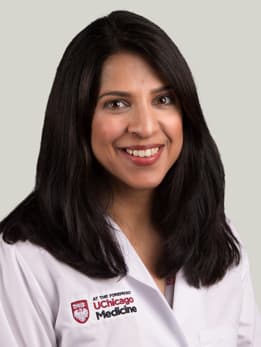SIESTA project reduces inpatient sleep interruptions

Selective tinkering with the medical center’s electronic health records (EHR) system, plus a 20-minute presentation to doctors and nurses on the consequences of in-hospital sleep deprivation, was able to change the behavior of caregivers in ways that allowed more patients to sleep undisturbed through the night.
Although patients may spend much of their time sitting in a chair or recovering in bed, hospitalization is seldom restful. Nighttime awakenings for various tests can disrupt sleep. This can cause grogginess, delirium and falls. To ameliorate this problem, researchers at the University of Chicago Medicine designed a study known as SIESTA (Sleep for Inpatients: Empowering Staff To Act).
SIESTA uses “nudges” through the patients’ EHRs, urging doctors and nurses to avoid disruptions that are only minimally valuable, such as awakening patients overnight to measure their vital signs or to administer non-urgent medications.
“Efforts to improve patients’ sleep are not new, but they do not often stick because they rely on staff to remember to implement the changes,” said the study’s lead author Vineet Arora, MD, professor of medicine at the University of Chicago and an authority on optimizing patient care in teaching hospitals, including disrupted sleep.
In the January 2019 issue of the
Vineet Arora, MD, MAPP, specializes in improving the learning environment for medical trainees and the quality, safety and experience of care delivered to hospitalized adults. She serves as Dean for Medical Education at the Pritzker School of Medicine.
Vineet Arora, MD
